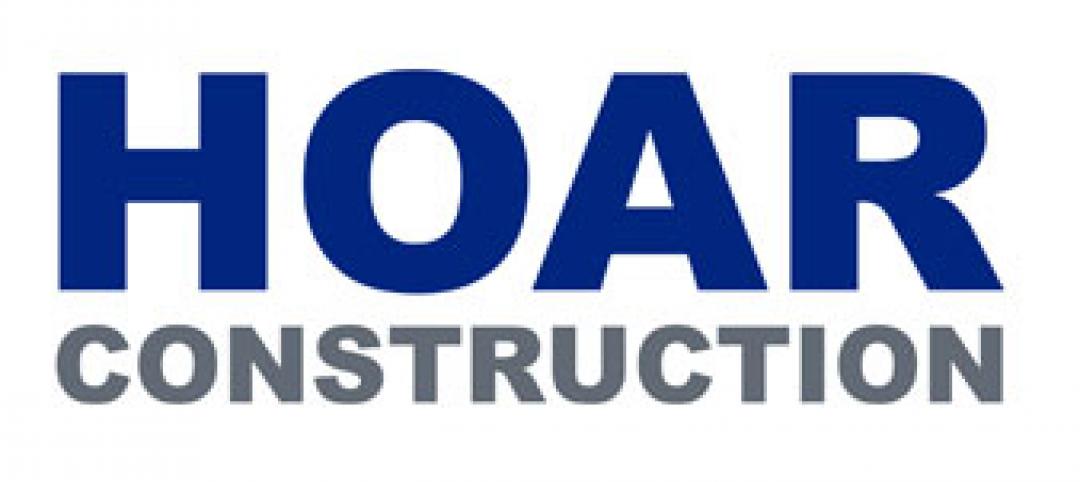For the past two years, the National Building Museum has put up a temporary mini-golf course for visitors to play in. But this year, they're taking museum-goers to a different place: a maze.
The maze was designed by Bjarke Ingels Group (BIG) and is a precursor to an exhibit (set for January 2015) showcasing some of the firm's projects. To navigate the maze, people must look up. Cathy Frankel, vice president for exhibitions and collections at the museum, told the Washington Post that the museum's “ubergoal is that people walk out of here looking at their built world differently. We think this is sort of on the microlevel of that—forcing people to look up [as they try to find their way through the maze] will make them look at our building differently.”
The maze actually gets easier as you go along, with the walls starting at 18 feet high and getting shorter towards the end. Frankel estimates that it takes about 40 minutes to navigate the 3,600-sf maze.
Placed in the museum's Great Hall, the maze's location may actually make it more difficult to complete. The hall is more or less symmetrical, and the walls are fairly similar, so only those sharp enough to figure out if they're facing north or south will be able to determine their location in the maze from the features of the larger room.
Related Stories
| Dec 21, 2011
AIA Chicago & AIA Chicago Foundation 2011 Dubin Family Young Architect Award announced
The Dubin Family Young Architect Award is bestowed annually and recognizes excellence in ability and exceptional contributions by a Chicago architect between the ages of 25 and 39.
| Dec 21, 2011
Few silver linings for construction in 2012
On the brighter side, nearly half of respondents (49.7%) said their firms were in at least “good” financial health, and four-fifths (80.2%) said their companies would at least hold steady in revenue in 2012.
| Dec 21, 2011
Hoboken Terminal restoration complete
Restoration of ferry slips, expanded service to benefit commuters.
| Dec 21, 2011
BBI key to Philly high-rise renovation
The 200,000 sf building was recently outfitted with a new HVAC system and a state-of-the-art window retrofitting system.
| Dec 20, 2011
Gluckman Mayner Architects releases design for Syracuse law building
The design reflects an organizational clarity and professional sophistication that anticipates the user experience of students, faculty, and visitors alike.
| Dec 20, 2011
Research identifies most expensive U.S. commercial real estate markets
New York City, Washington, D.C. and San Mateo, Calif., rank highest in rents.
| Dec 20, 2011
Third annual Gingerbread Build-off winners announced
Nine awards were handed out acknowledging the most unique and creative gingerbread structures completed.
| Dec 20, 2011
BCA’s Best Practices in New Construction available online
This publicly available document is applicable to most building types and distills the long list of guidelines, and longer list of tasks, into easy-to-navigate activities that represent the ideal commissioning process.
| Dec 20, 2011
Aragon Construction leading build-out of foursquare office
The modern, minimalist build-out will have elements of the foursquare “badges” in different aspects of the space, using glass, steel, and vibrantly painted gypsum board.
| Dec 20, 2011
HOAR Construction opens Austin, Texas office
Major projects in central Texas spur firm’s growth.

















